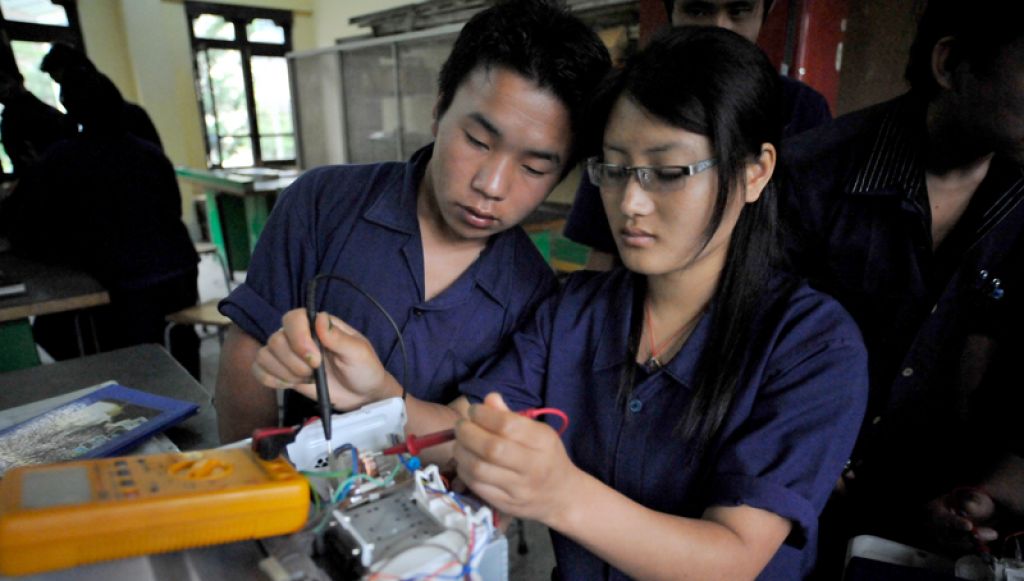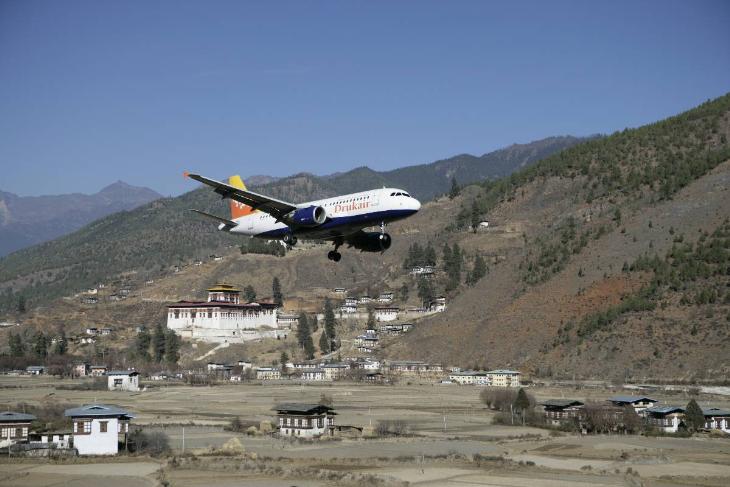Bangladesh has the potential to become a large global player in plastic industry, although it has not yet emerged as a global player in the segment.
The country, at present, has a share of 0.01 percent of the global plastic market that measures up to $599 billion, a recent report of the Center of Policy Dialogue (CPD) shows suggesting that the country can expand its share globally but the reasons for failing to take benefit from advantageous market conditions are the supply constraints and unskilled workforce in the sector.
An ESCAP report projected that Bangladesh’s market size would reach $2 billion in 2015 and $4 billion in 2020 if the country could improve its infrastructure, enhance skills development, and address waste management issues.
The plastic industry in Bangladesh began on a small scale in the 1960s where handmade mould was used to make plastic toys, photo frames, and plastic spare parts.
In the following decade, plastic jugs and plates were added to the product list by virtue of introducing automatic manufacturing machines.
However, it was in the 1980s when the industrial growth of Bangladesh’s plastic sector began with the establishment of injection grade and film grade plastic industries which were eventually used to make products such as plastic bags, plastic apparel hangers, and bottle crates. It was during this time where the plastic sector started contributing significantly to the national economy and growing at a rapid pace.
As a result of the increased industrialised production, there are 3,000 plastic manufacturing units in the country, mostly SME, that employ around 1-2 million people.
Around 65 percent of these factories are located in Dhaka, 20 percent in Chittagong, and 10 percent at Narayanganj. The remaining 5 percent are in Khulna, Comilla, Bogra, and Rajshahi districts.
Out of the available manufacturing units, 65 percent belong to small enterprises while 33 percent belong to medium ones.
The remaining 2 percent consists of the largest plastic manufacturing companies that sell their products both locally and abroad. Manufactured products include PVC pipes, shopping bags, injection molding products, PET/PE bottles, rubber gloves, toys, electronic switches, computer and electronic accessories, and various other household items.
The popularity of plastic has been growing each year with plastic product consumption amounting to 750,000 tonnes in 2013, almost 5 kg per capita, showing an increase from the 2 kg per capita in 2007.
The domestic market size for plastic production was estimated to be worth approximately $890 million in 2012. The plastic sector also contributed to around 1.2 percent of the country’s GDP, up from a mere 0.4 percent in 2004. While the GDP share might not be as robust as the apparel and leather industries, the ESCAP has projected a 10 percent annual growth in plastic production in Bangladesh.
According to the Bangladesh Manufacturers and Exporters Association (BPGMEA), Bangladesh imports over 150,000 tonnes of plastic raw materials annually, and this figure has experienced a consistent annual increase.
Raw materials import has significantly increased due to growing domestic demand. Furthermore, in order to make plastic, hydrocarbon raw materials are required to be extracted from crude oils and natural gas.
While Bangladesh has good reserves of natural gas and are exploring its use for manufacturing plastic, it cannot sustain current levels of production due to lack of modern technologies and limited capital resources compared to developed nations. The machinery used to produce plastic too had to be imported from countries such as Thailand or India.
Exports are moderately smaller to imports because their still-developing technologies are not at a world standard yet and thereby are unable to achieve comparatively high quality finished goods as other developed nations.
BPGMEA reports that export of plastic products amounts to $340 million in 2013. From this figure, $85 million is from direct exports while the rest of $255 million is from indirect (deemed) exports. Indirect exports refer mainly to plastic products as accessories to apparel. Bangladesh’s most exported destinations are China, India, USA, UK, and UAE, etc.
Major challenges in the Bangladesh’s plastic industry are power shortage, skill lacking, waste management and environmental concerns. Even with all the challenges that the plastic industry faces, there remains tremendous level of benefits for Bangladesh to be reaped. Revamping infrastructure issues with foreign assistance has stated and recycling rates continue to rise leading to improved environmental welfare and increased profits from use of more recycled material.
With Bangladesh’s plastic consumption at 5 kg per capita and world consumption at 30 kg per capita, there is substantial room for domestic growth. The availability of low cost labor provides further return for increased export earnings.
The BPGMEA leaders say, it would be possible to earn $1 billion from exporting plastic and plastic products. With the right government incentive and compliance, the sector would be able to receive investment in expensive technologies and machineries in plastic manufacturing.
That will allow Bangladesh to take advantage of low cost plastic productions, similar to India and China, allowing the country to grab a larger stake in the global plastic demand.
Source:https://www.bangla-expo.com/ipf/newsDetail.asp?serno=589










